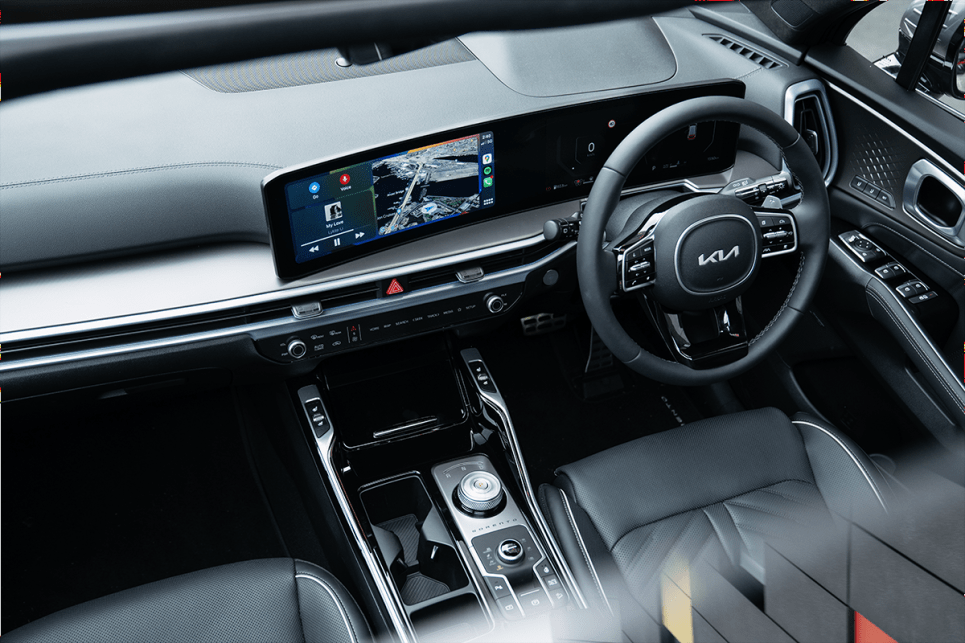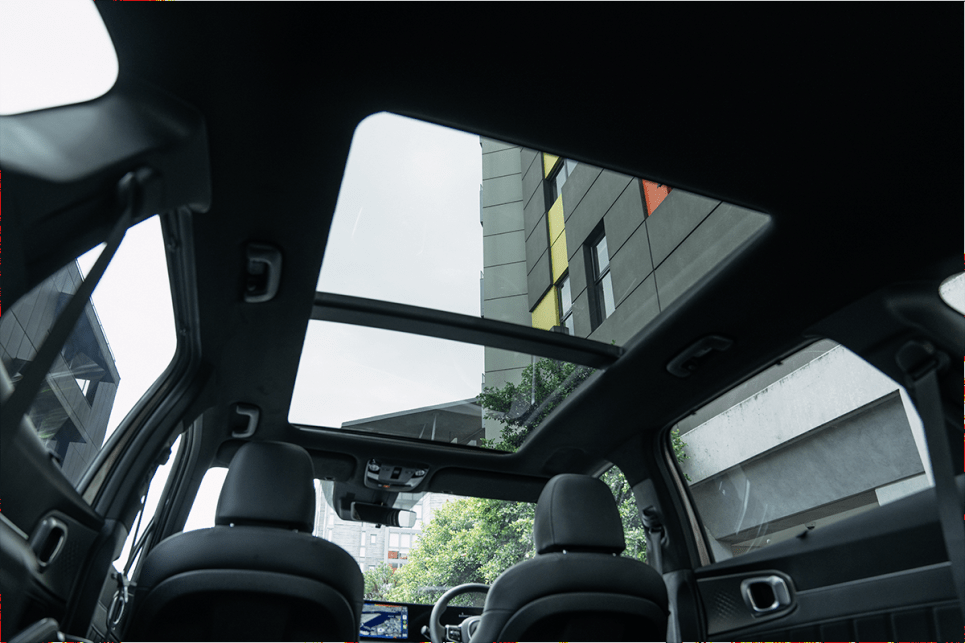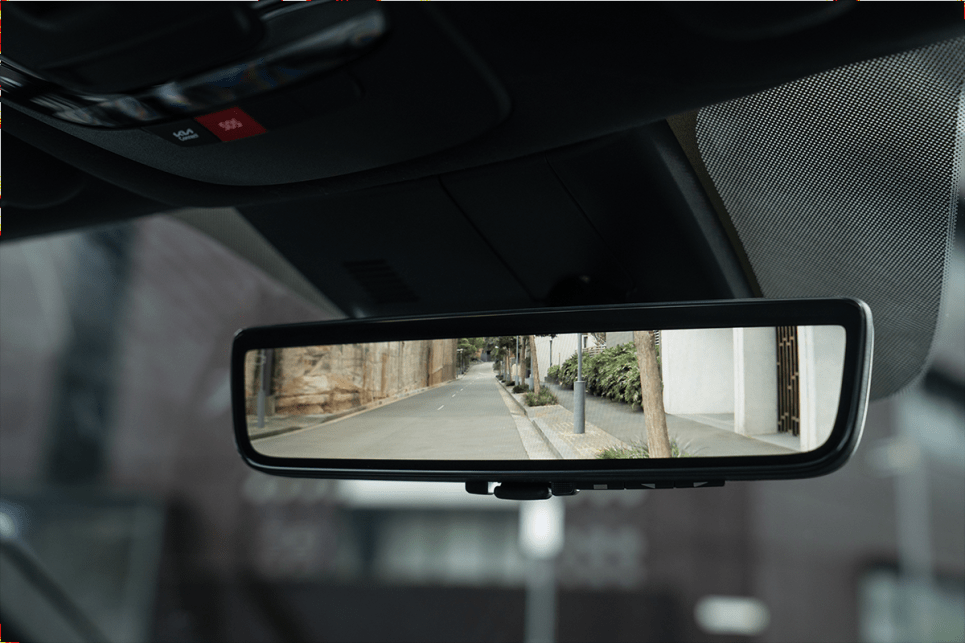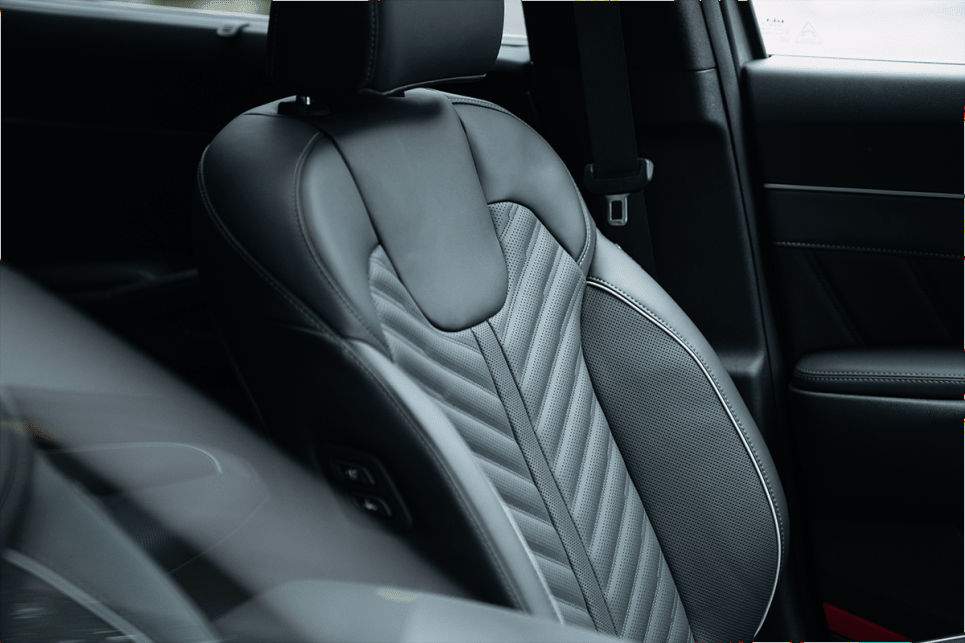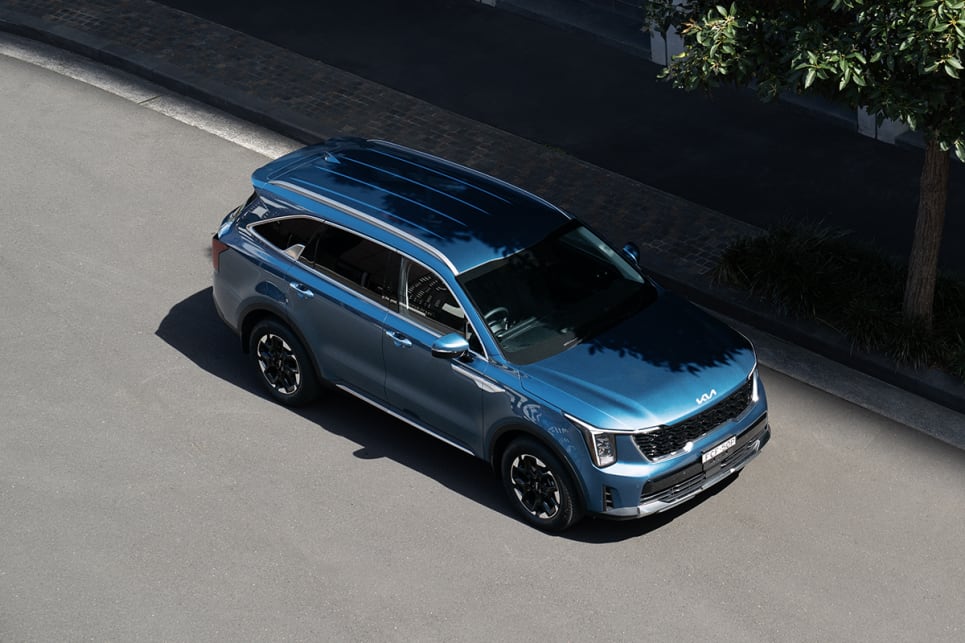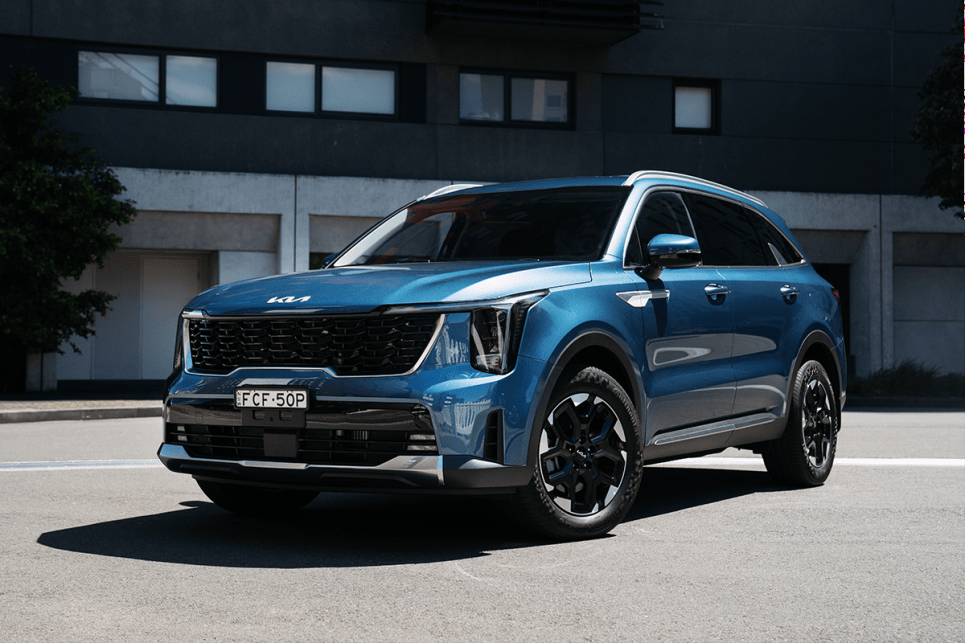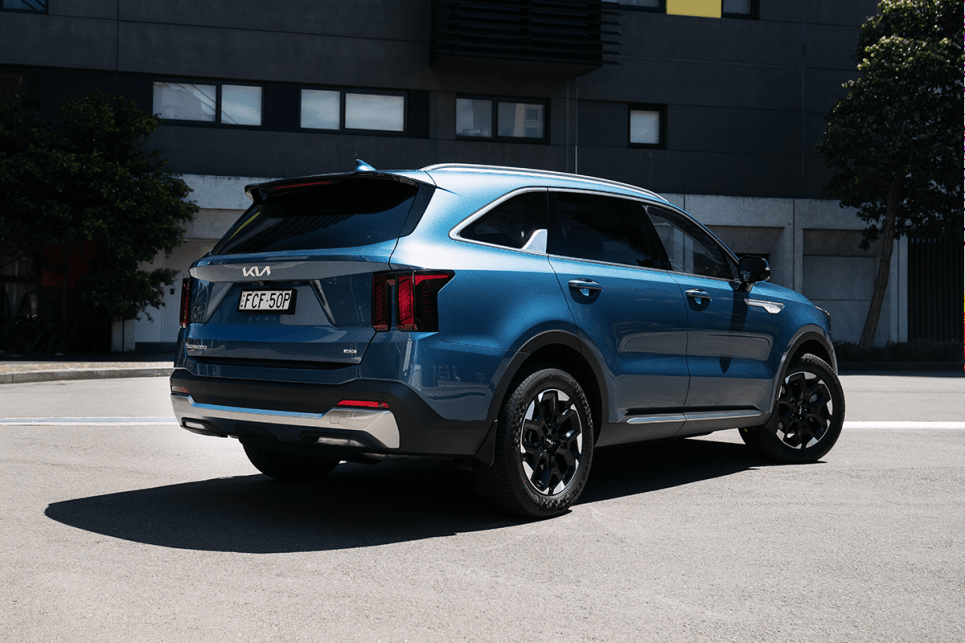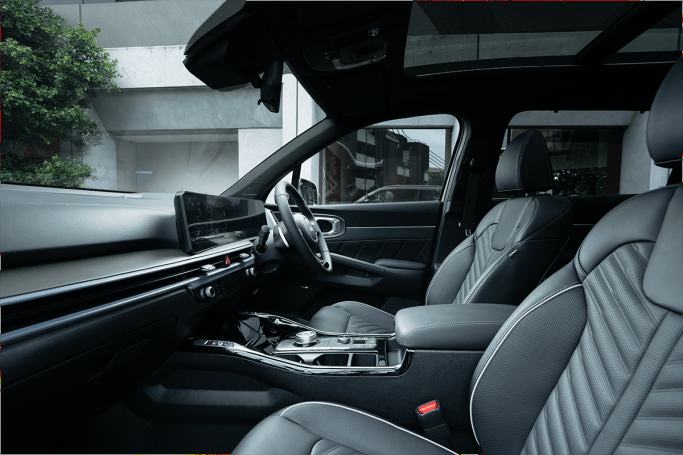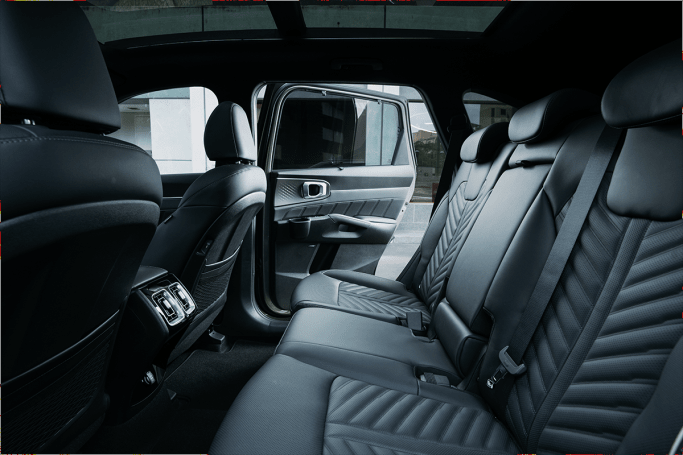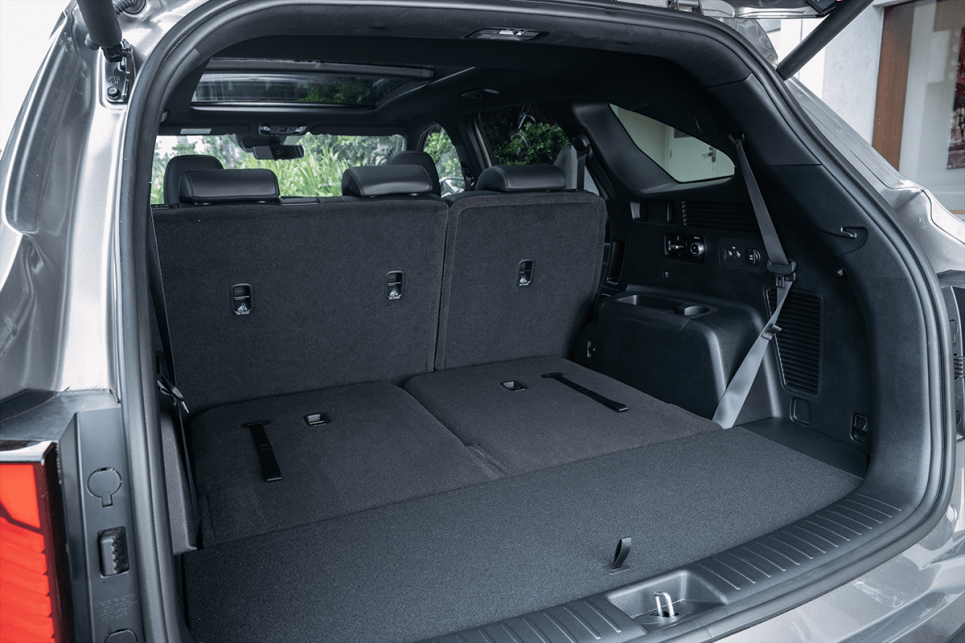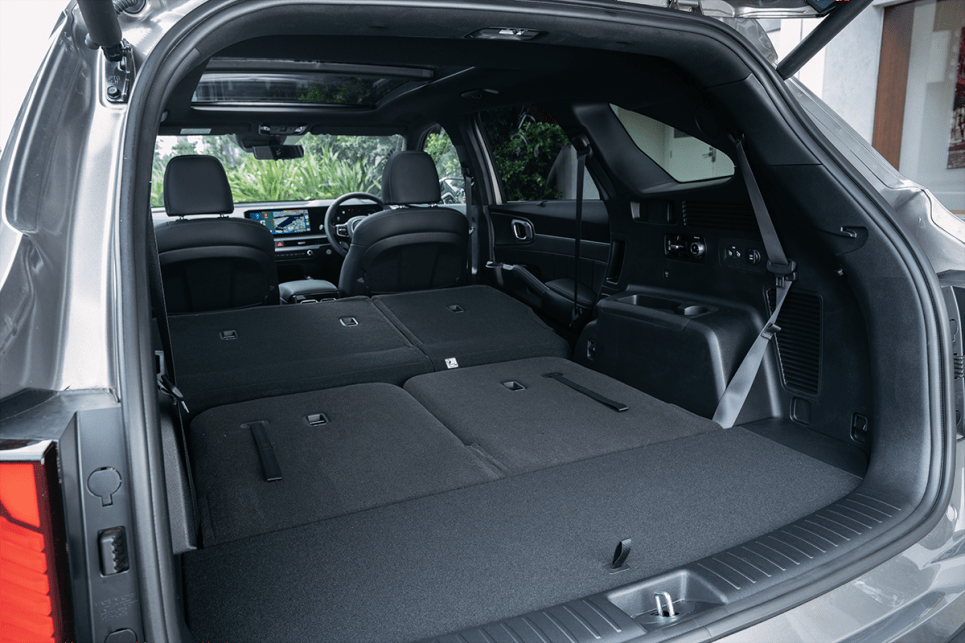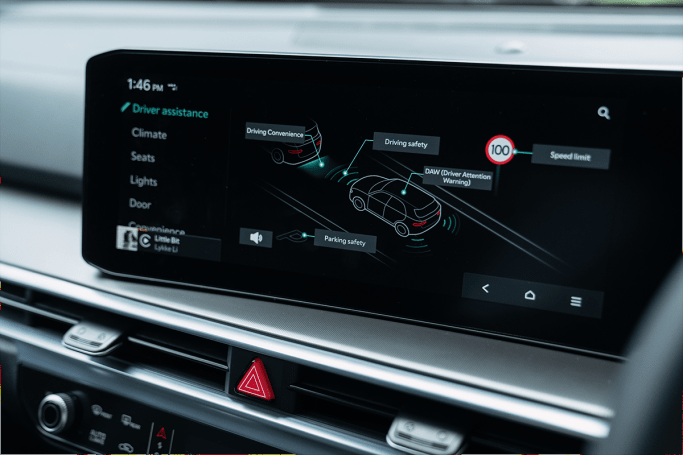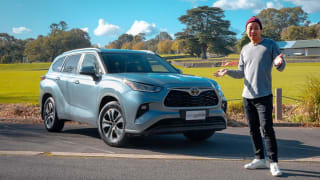For the moment, only the 3.5-litre petrol V6 and 2.2-litre turbo diesel grades are on sale. The hybrid and plug-in hybrid variants are coming, but not until the second quarter of the year, according to Kia.
Kia has carried over the same model grades as before, meaning you can get the petrol and diesel in S, Sport, Sport+ and GT-Line guise.
Unsurprisingly, Kia has upped pricing across the range for the updated Sorento, and it’s increased by about $3000 and $3500, depending on the grade.
Pricing starts at $50,680 before on-road costs for the entry-level front-wheel-drive petrol S, and it tops out at $68,590 for the GT-Line all-wheel-drive diesel. A diesel is $3000 more expensive than its petrol equivalent. Pricing has not been confirmed for the hybrids yet.
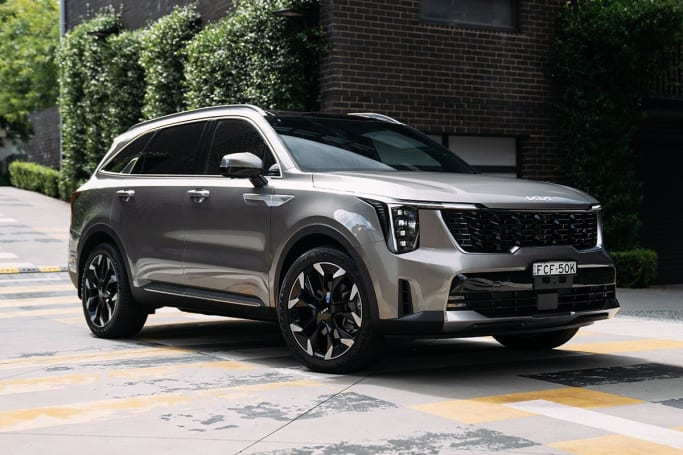
The Sorento has fewer direct seven-seat monocoque SUV rivals since Mazda dropped the popular CX-9 and CX-8 from its line-up last year, so the main two competitors are the Toyota Kluger and the related Hyundai Santa Fe.
The updated Sorento is now pricier than the Hyundai - although a new-gen Santa Fe is coming before mid-year - and on par with some of the Kluger grades.
New Sorento features include over-the-air updates for sat nav maps and more, Kia Connect which uses an app that allows you to remotely start, lock or unlock the car, as well as perform a number of other tasks, new driver assistance features and a pair of new colours - Volcanic Sand Brown and Cityscape Green.
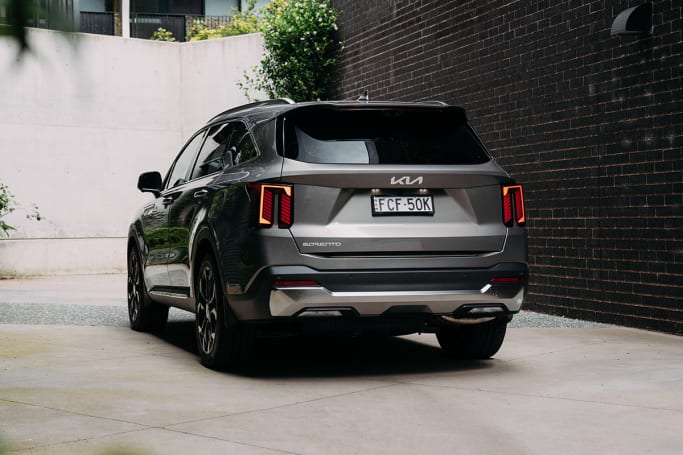
From the base grade up standard gear in the Sorento includes 17-inch alloy wheels, a 12.3-inch multimedia touchscreen, digital radio, USB ports, a seven-speaker audio system and, finally, it gets wireless Apple Carplay and Android Auto across the range. The fleet-friendly base grade also now gets a push-button start, so no more using a key to start it.
Naturally, each grade adds more and more features, and the GT-Line gets the most gear. It features a heated steering wheel, quilted Nappa leather-appointed seats, mood lighting, heated and ventilated front seats, heated rear outboard seats, head-up display, premium sound system, sun shades, wireless charger and a digital rearview mirror.
The base grade could do with more gear as the features list feels quite stripped out, but overall the Sorento offers solid value for money.



